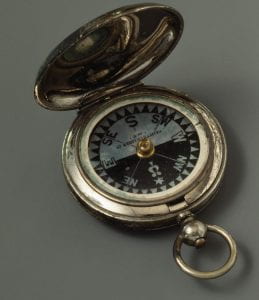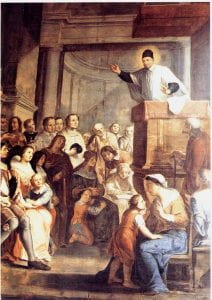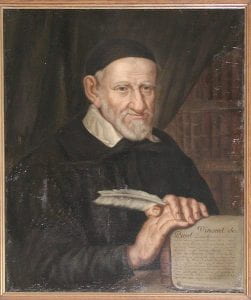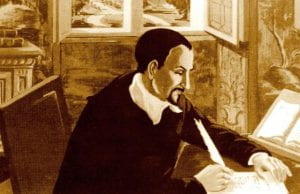 Many of us believe that now and again it is a good idea to ask, “why am I here?”
Many of us believe that now and again it is a good idea to ask, “why am I here?”
Why am I here…why am I here…? Such an innocent question. Such an infinite variety of existential responses. And, though we may never be fully satisfied with our answers, entertaining the question is worthwhile.
Right now, DePaul University finds itself asking institutionally “why are we here?” That question emanated throughout the Mission Statement dialogues undertaken around the university over the fall quarter. And, it continues to challenge us as we respond to the Covid public health crisis and wrestle with its corresponding economic circumstances. Addressing this question will take all the good will, wisdom, and participation DePaul can muster. Thankfully, we have DePaul’s nearly 125-year history to help illuminate our reason for being here today. Beyond that, we have the Vincentian tradition begun by Vincent de Paul, Louise de Marillac, and their earliest colleagues. How might that heritage be helpful in shaping our answer to the question “why are we here?” Among many possibilities, one comes to mind.
In the spring of 1658, an elderly Vincent de Paul presented his only published work, “The Common Rules of the Congregation of the Mission,” to his community. It was meant to serve as a guide and instruction manual. Not by accident, Vincent chose to begin the first and last chapters of the Rules with the same biblical verse. Taken from the first verse of the Acts of the Apostles, it says Jesus began “to do and to teach.”1 Vincent chose this phrase as the inspiration and model for his missionaries.2 How wonderfully it captures the legacy of Vincent de Paul and how prophetically it names our purpose at DePaul University.
“To do and to teach” calls us to be active and public facing in order to benefit the common good. To do and to teach asks that we be intentional and reflective in learning from our experiences. As community members and collaborators, to do and to teach means giving and receiving respect, joy, and empowerment from one another. We are called to do virtuous work, aspire to the highest ideals, and to pay particular attention to those who are neglected or marginalized. Now and moving forward, to do and to teach means being anti-racist. It means caring for the earth. It means giving our students the most cost-effective, holistic education possible; one that prepares them to succeed. At the same time, it means providing our staff and faculty with a place that is equitable and inclusive; a community wherein they flourish.
Why are you here? To do and to teach! Such a simple question and response. Such transformative, empowering potential.
REFLECTION QUESTIONS: How would you answer the question: Why are you here? How would you answer the question: Why is DePaul University here? How does “to do and to teach” apply to you?
1 “It is worthy of note that both the first and last chapters of the Common Rules open with the same biblical reference, namely to the fact that Jesus ‘began to do and to teach.’” Warren Dicharry, C.M., “Saint Vincent and Sacred Scripture,” Vincentian Heritage 10:2 (1989), 139. See: https://via.library.depaul.edu/vhj/vol10/iss2/2/
2 In the Common Rules, Vincent made clear that Jesus began by doing and then followed with teaching. Both pursuits were equally important, with the former shaping the latter, and emphasized the importance placed on experience, action, and incarnation. See Chapter 1, Common Rules: https://via.library.depaul.edu/cm_construles/3
ANNOUNCEMENT:
You are invited to join us for Lunch with Vincent on Tuesday, March 2nd, from 12:00–1:00 pm. We will be joined by our colleagues from the Office of Religious Diversity and Pastoral Care: Mat Charnay, Jewish Life Coordinator; Minister Jené Colvin, DePaul Christian Ministries; and Abdul-Malik Ryan, Muslim Chaplain. Together they will share how each of their Abrahamic traditions empowers them to be anti-racist. Participants will be invited to reflect and share how their values, philosophies, or religions calls and sustains them to be anti-racist.
To RSVP for Lunch with Vincent on 3/2/21: http://events.r20.constantcontact.com/register/event?oeidk=a07ehla8zhr4d41a1c6&llr=qiic4w6ab







